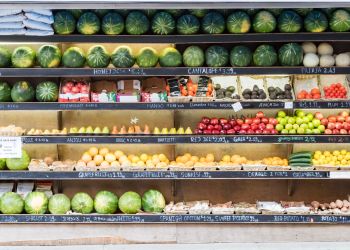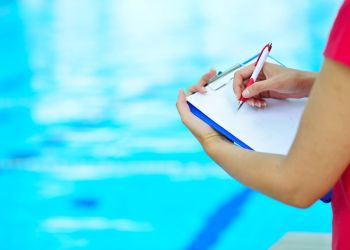By Wayne E. Cascio, MD, FACC, Acting Director, National Health and Environmental Effects Research Laboratory, US EPA, and Janet Wright, MD, FACC, Executive Director, Million Hearts initiative
Every day health care professionals are on the front lines educating their patients, communities and the general public about ways to reduce mortality and morbidity from heart disease and stroke. Cardiovascular disease is still the number one killer in the US, accounting for one in three deaths. February is American Heart Month, bringing additional focus to this national health problem.

Many Americans are aware of the ways that they can reduce the risk of cardiovascular disease: control blood pressure, stop smoking, exercise and eat a healthy diet. What is not well known is that air pollution is also a risk factor for approximately 92 million American adults who have some form of cardiovascular disease or stroke-related health problem.
For nearly 20 years, scientists at EPA and other research organizations have worked to understand how our environment interacts with genetic, social and health factors to contribute to the progression of blood vessel and heart diseases like high blood pressure, rhythm disorders, heart attacks, strokes and heart failure. The science shows that air particle pollution, also known as particulate matter (PM), is a risk to the heart and vascular system for those with heart disease.
EPA is one of many partners in the Million Hearts initiative, a national effort to prevent heart attacks, strokes, and other forms of cardiovascular disease in the US. To assist health care professionals with education and outreach, Million Hearts has identified the high-impact strategies and actions that help prevent these events. The Million Hearts website features tools and resources related to particle pollution and heart disease. EPA also has a Healthy Heart Toolkit, which provides specific information on air pollution and heart health.



One way health professionals can become more familiar with air pollution’s health effects is to take the new online training course, Particle Pollution and Your Patients’ Health, which EPA developed in collaboration with the Centers for Disease Control and Prevention.
We invite members of the National Association of County and City Health Officials to join EPA and Million Hearts to help raise awareness of the risks for heart attacks and strokes and to focus action that helps people enjoy healthier and longer lives.
If you are interested in learning more about heart health and air pollution, you are welcome to participate in the National Environmental Health Association’s sponsored webinar on Feb. 28 where we are presenting. More information about the webinar is available here.
Key Actions to Protect Your Health from Air Pollution
- Know when and where particle pollution levels may be unhealthy. Particle pollution levels can be high at any time of the year. They can be higher near busy roads or industrial areas or during rush hour traffic. When there is smoke in the air from forest fires, burning vegetation or wood stoves, higher levels of particle pollution are present. You can check https://airnow.gov/ to find this information.
- Check the Air Quality Index, which provides forecasts of daily air quality. This index provides six color-coded categories that show different levels of health concern for air pollution levels by state or zip code.
 Plan activities when and where pollution levels are lower. When particle levels outdoors are unhealthy, delay activity or exercise until the air is cleaner or move the activity indoors.
Plan activities when and where pollution levels are lower. When particle levels outdoors are unhealthy, delay activity or exercise until the air is cleaner or move the activity indoors.- Change your activity level. When the air is polluted, reduce activity. Go for a walk rather than a jog, for example. Delay outdoor activity when the air is polluted or exercise indoors.
- Reduce overall risk of heart disease or stroke. Make healthy lifestyle changes as described above.
- Know the warning signs of heart attack or stroke. If you feel symptoms, even if they go away, stop any activity and seek medical help immediately.






